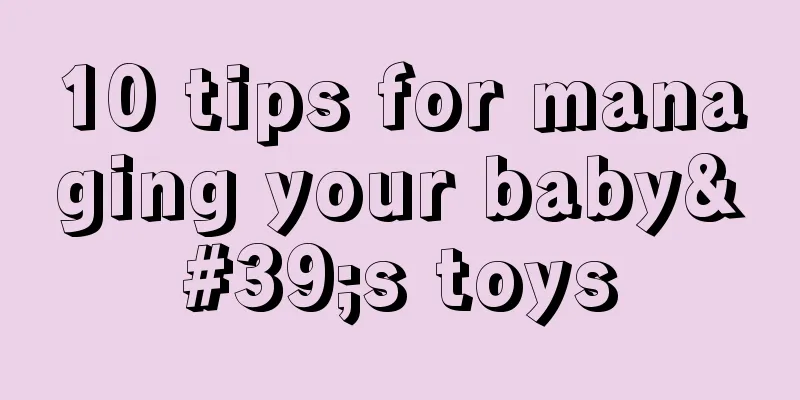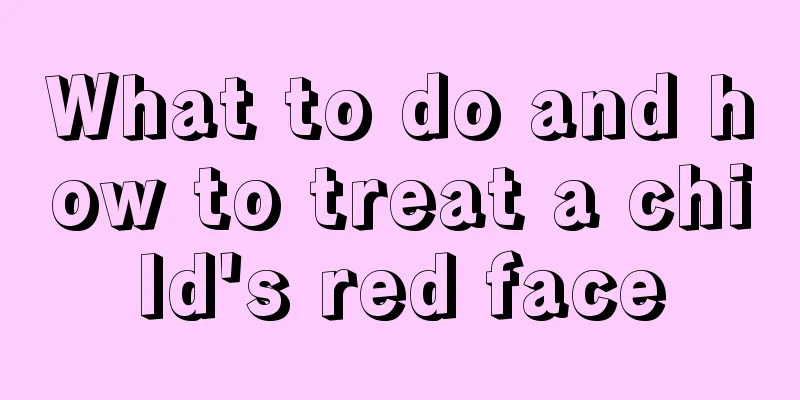10 tips for managing your baby's toys

|
The child has more and more toys, and the mother has to clean up the mess all day long. You've just cleaned up one side, and the other side is messy again; there are toys everywhere in the house, and adults often step on small toys when walking, and curious babies put small parts into their mouths as soon as they grab them. It's time to manage toys with your baby. 1. Put the most frequently used toys in the most conspicuous place Be careful not to be too careful when categorizing toys, because after a while, the mother herself may forget where she put them. Every baby has toys that they cannot put down every day, such as cuddly bears, pacifiers and other small objects that are easy to drop wherever the baby goes. When mothers store things, they should place them in a conspicuous location, such as a drawer next to the TV cabinet or on the top shelf of a drawer, so that adults can take or store them easily.
It's better to spread toys out in multiple locations around the home, such as in the car or at grandparents' house, rather than keeping them all in one place. This can further improve the utilization efficiency of the toys. Different toys are suitable for playing in different places. For example, remote control cars are best played outdoors, while toys with components (such as construction blocks, puzzles, etc.) are suitable for playing on a table or small carpet so that the small components will not be scattered all over the floor and cannot be found.
Too many toys are overstimulating for children and cannot achieve the desired play effect. Then you might as well keep some of them for the time being, and then take them out and "cycle" them every few weeks. The benefit of this is that the child can focus on a smaller number of toys at a time. When parents frequently carry out the "toy cycle", children can always maintain a sense of freshness.
If a toy is found to be missing parts and therefore does not work, it should be put on the "disposal" list without hesitation. Toys that are no longer suitable as children grow up should also be discarded. If done properly, children will not only be taught to cherish their toys, but also learn how to choose to "keep" or "discard" in life.
It may be a good idea to put away the toys in your toy library that are currently difficult to operate. You should know that complicated toys are difficult to develop the intelligence of young children and may even pose potential dangers. It’s best to put them away for now and take them out later.
When arranging toys, you should fully respect the child's opinion and not force or threaten him. Especially when discarding toys, you should explain to the child why you are discarding them and try to get his consent. As for those old toys that are "outdated" but your children still cherish and are determined not to throw away, you might as well keep a few of them.
Put the things that your baby plays with most often where he can get them freely. Only when the child can get the things he needs by himself can he become more independent. There are also rules for arranging toys. For example, heavier toys should be placed on the bottom layer so that they will not hit the child when he tries to pick them up. Activity items that are easy to get dirty (paints, crayons, clay, colored pencils) should be placed on the upper layer so that the baby cannot get them at will. Parents should also teach their babies to put text or picture labels on containers so that children can easily identify the toys in the box. Gradually, children learn how to classify, organize, and develop the good habit of putting things back in their original place.
If you always associate commands, urging, scolding, punishment, threats and other attitudes with children's play and toy tidying up, the result will be that children will neither want to play nor want to tidy up. When a smart mother encounters a situation where toys are in a mess and scattered everywhere, she will not frown, but will smile and say to her child with a happy face: "Wow, you are having so much fun!" And she will take advantage of this atmosphere and add a sentence "It's time for the little toys to go home and sleep. Come, let mom help you clean up!" In this way, the education of playing and tidying up toys is combined easily and happily.
No matter how good a toy is, children will get bored of it after playing with it for a long time, and will no longer cherish it. You may want to make some friends who have children of the same age and set up a toy exchange day together. Encourage children to take out the toys they don’t want to play with and exchange them. During the exchange process, adults should not interfere or give children too much advice.
Designate one Sunday of each month as toy cleaning day, and when the children are cleaning, mom and dad can act as instructors and observers, allowing the children to turn toy cleaning into a game. |
<<: Beware of the eight common misunderstandings in neonatal care
>>: Avoid 6 common mistakes when drinking juice for babies
Recommend
Treatment of renal hematuria in children
We all know that when children are young, they ar...
What will happen if your baby is allergic to medicine?
We all know that babies grow and develop very fas...
9 and a half month baby development indicators
When the baby is 9 months old, his body enters a ...
What causes cramps in children? These 6 reasons are the most common
When a child has symptoms of convulsions, parents...
What are the complete lunch recipes for children?
Children grow very fast, and if they do not get e...
From whom do girls inherit more genes?
In real life, a large part of a child's appea...
Key points of neonatal laryngoscopic resuscitation
The health of children has always been the most c...
How to feed a child?
Mothers nowadays attach great importance to the f...
Causes of astigmatism in children
Children's body parts are all in the developm...
What should I do if my child has chicken breasts?
Many people have never heard of the disease term ...
Child fell off the bed and hit his head
Many parents neglect their children, causing them...
2 year old baby breakfast
For families with babies, the most important thin...
What to do if your baby's tear duct is blocked
Blocked tear ducts in infants is a common phenome...
Why does my child have pain around his belly button?
Children are the treasures of their parents. As t...
Care for children's gastrointestinal cold
Gastrointestinal cold is a common cold in childre...









